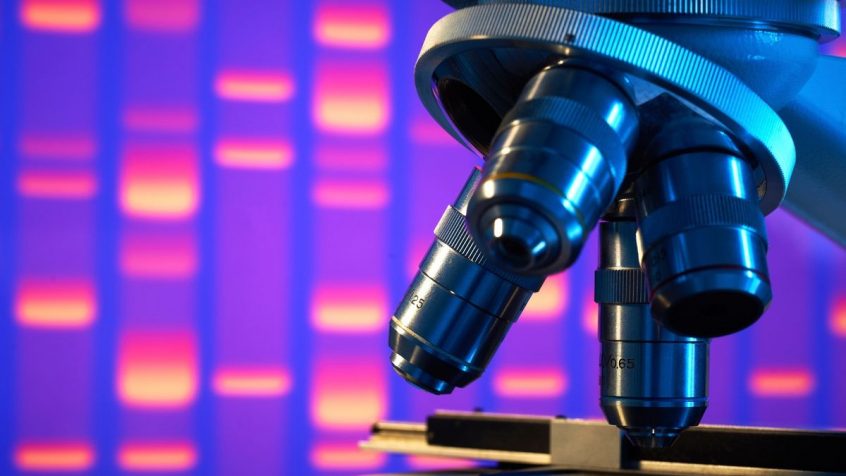Our bodies are made up of trillions of cells which are about a thousandth of a millimetre in size and are the fundamental units of all life.
They contain ‘skeletons’ made of proteins that provide structural support, help the cell move, and transport materials within the cell.
If we could artificially create the tiny tubes and thread-like structures that give cells their shape and function it would be a big step towards making synthetic ‘smart cells’ that could be used to sense diseases, deliver drugs or repair damaged body cells.
And it’s been achieved – University College London researchers used strands of DNA as building blocks and precisely customised the structures’ dimensions ( from about 20 to 400 nanometres thick) and stiffness ( from flexible to ultra-rigid).
These tubes and threads were integrated either inside cell-like sacs as a skeleton or coated on to the outside of the cell.
The team was also able to control the exact location of the tubes and fibres while they were inside the sacs by attaching magnetic nanoparticles to them using an external magnet. That such work can be done is simply staggering.
Senior author Dr Jonathan Burns of UCL Chemistry said: “DNA is used by nature to store genetic information but it can also be used as a building material to construct nanostructures. We reprogrammed DNA to form synthetic skeleton structures inside model cells and tissues.
“We believe this work can help to unlock future smart cells able to sense diseases, repair damaged cells by fusing with them, and deliver drugs in a more targeted way – for instance, by carrying a drug or antibiotic and releasing it exactly where it is needed in the body.”
Once these protocells are stable in the body and able to circulate in the blood, researchers can adapt them to target cancers or disease-causing bacteria.
The researchers also revealed how their protocells could combine to form something like living tissue.
The team were able to bind these cells tightly together by placing nanotubes or fibres on the exterior of the cells (giving the cells a “hairy” appearance).
This caused the cells to lose their spherical shape and form a honeycomb pattern.
First author Dr Nishkantha Arulkumaran of UCL Division of Medicine said: “Many of the building blocks we used in these protocells occur naturally in the body.
“We hope to create smart cells entirely from substances such as lipids that are ordinarily found in our bodies and therefore can easily be broken down and either recycled or discarded.”

